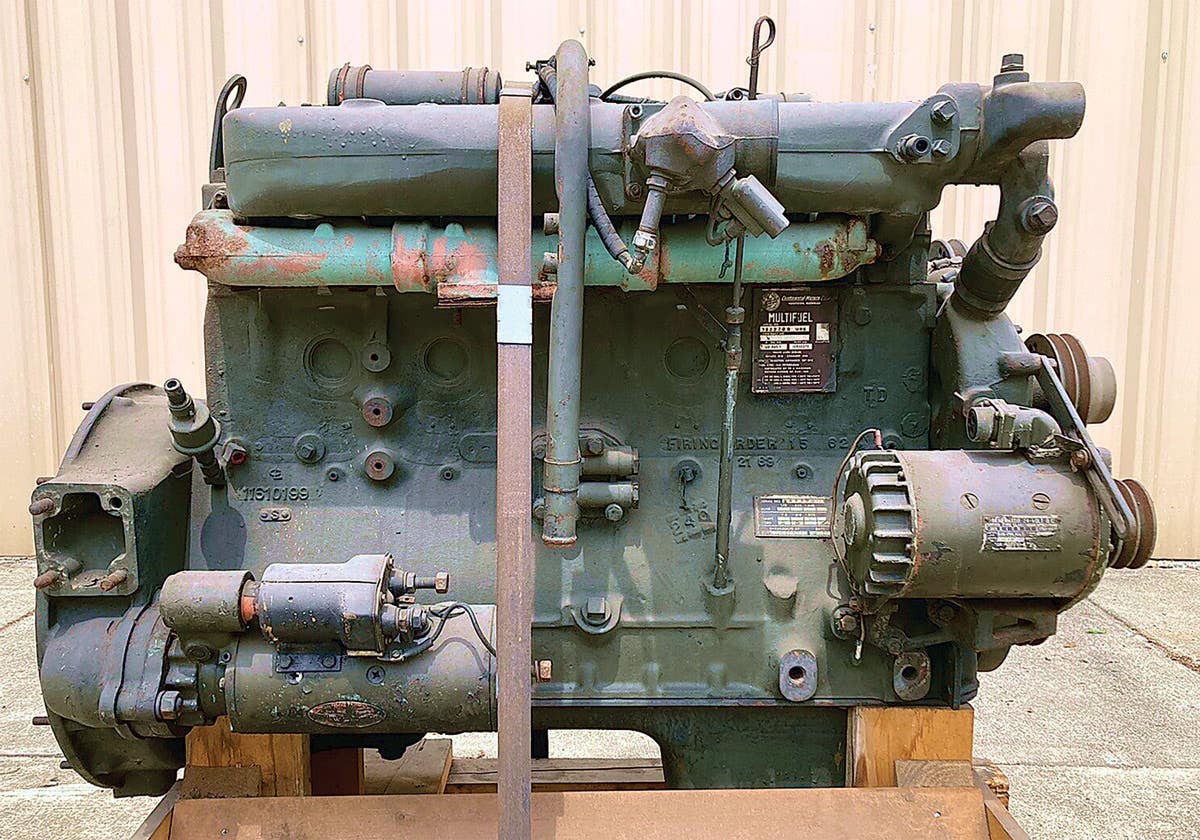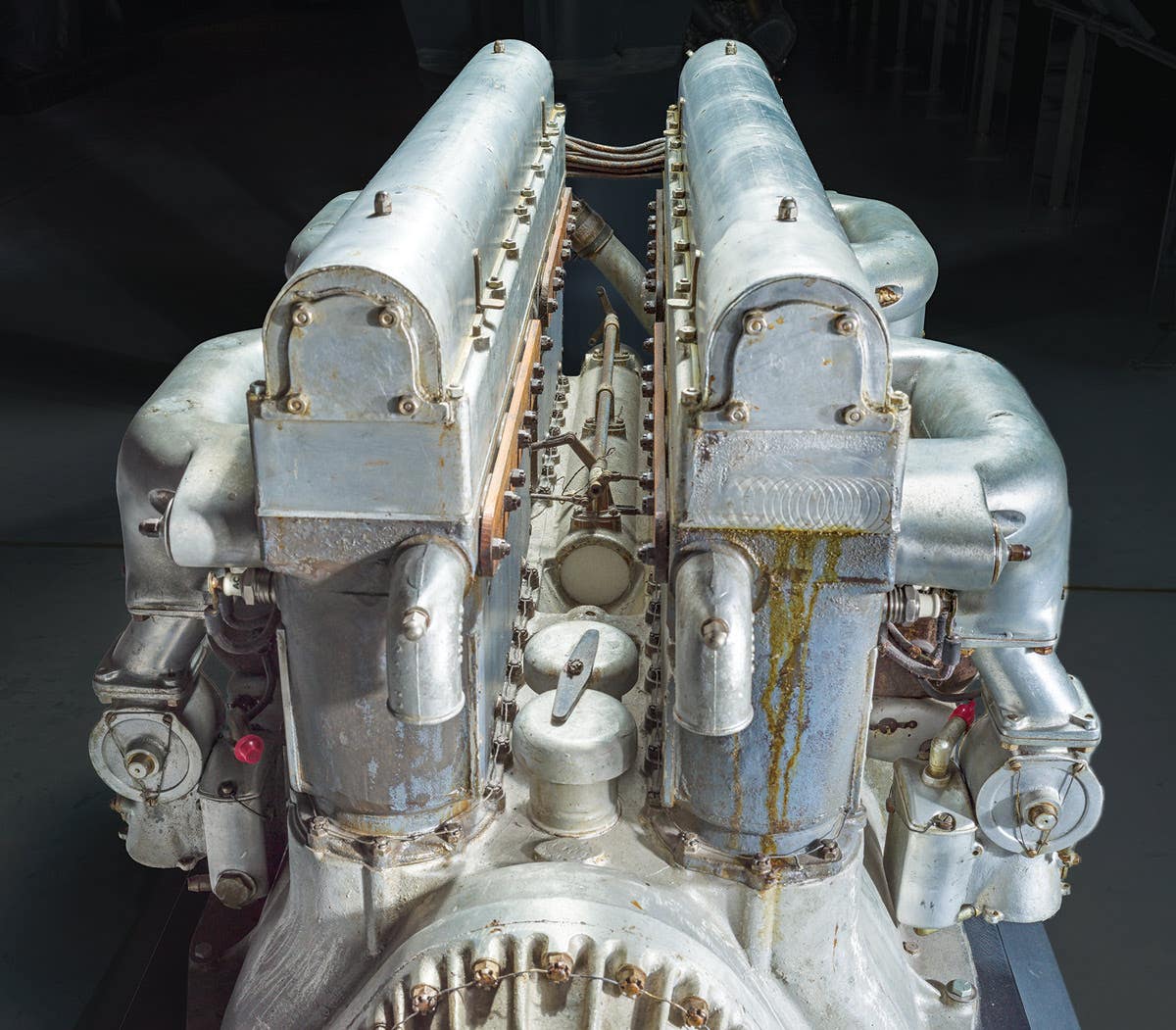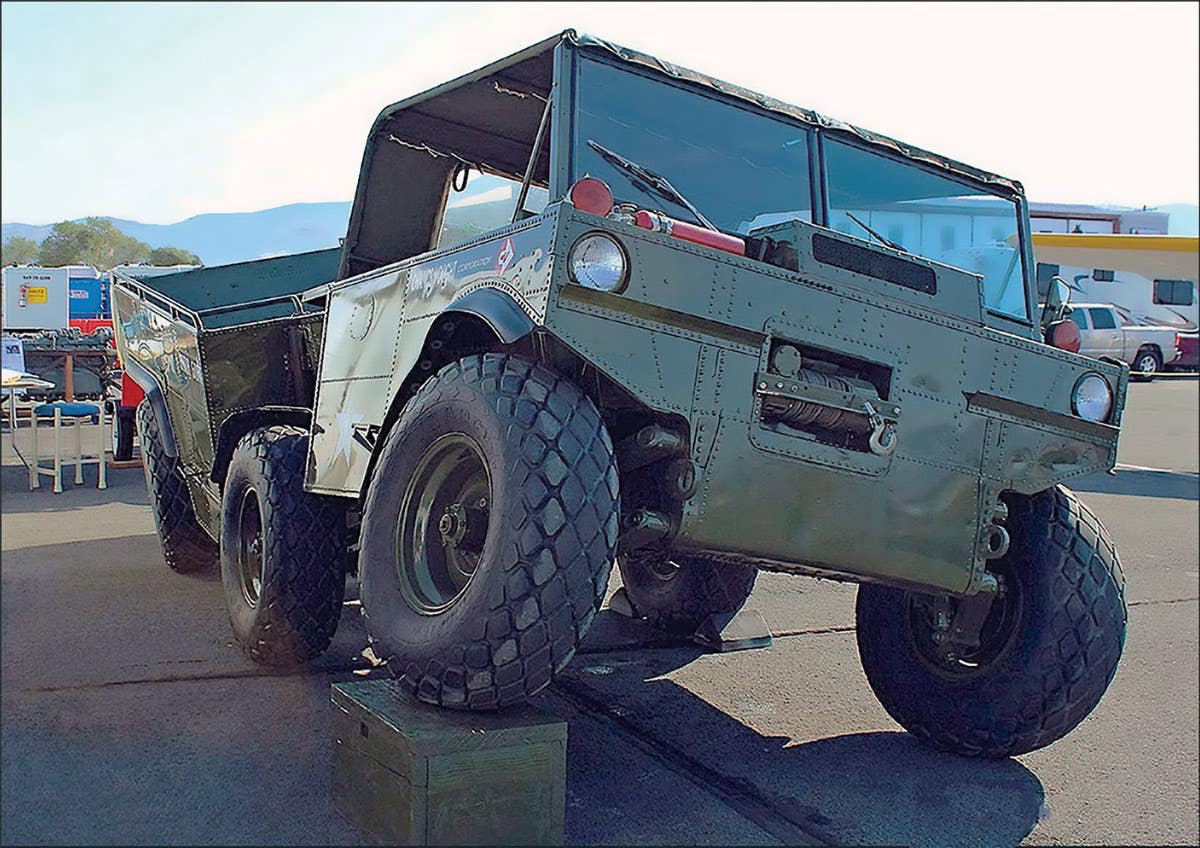Sunken warship yields more treasures
A Turkish warship that went down off the coast of Japan during the Meiji Era continues to provide archaeologists with a treasure trove.
A Turkish warship that went down off the coast of Japan during the Meiji Era (1868-1912) continues to provide archaeologists with a treasure trove of historical artifacts three years into excavation survey work.
The 2,344-ton wooden battleship, the Ertugrul, lies under water in Kushimoto in Wakayama Prefecture.
The U.S-based Institute of Nautical Archaeology held its most recent survey in January and February, salvaging 3,513 items, including armaments, broken ceramic pieces, coins and a large cooking pot. The survey team was led by Turkish archaeologist Tufan Turanli and consisted of members from Turkey, Spain and Japan.
The Asahi Shimbun reported May 15 that Turanli’s team was able to salvage three times as many relics this year as last. The artifacts are providing insight into the military during the last days of the Ottoman Empire.
Archaeologists began to survey the wreck in 2006.
The battleship of the Ottoman Empire's navy had made a courtesy call on Emperor Meiji in 1890 when it was caught in a storm on its return. It ran aground and went down, claiming the lives of all but 69 of its 650 passengers.
The Asahi Shimbun went on to note that research for ruins on seabeds and in lakes and rivers is increasing in Japan. A survey undertaken in 2000 by the Agency for Cultural Affairs identified 216 underwater ruins in Japan, many yet unexplored.
CLICK HERE to tell us what you think in the Militaria Message Board







